Circuit Breakers


Order No.:
01P3997
Manufacturer SKU:
31338

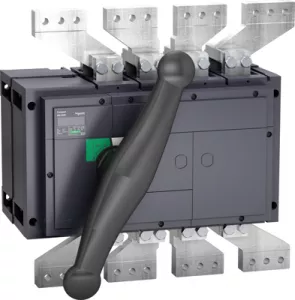
Order No.:
01P3998
Manufacturer SKU:
31339

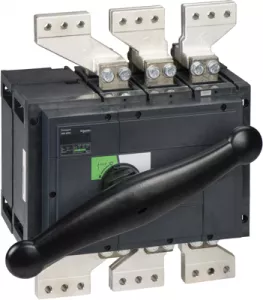
Order No.:
01P3999
Manufacturer SKU:
31340

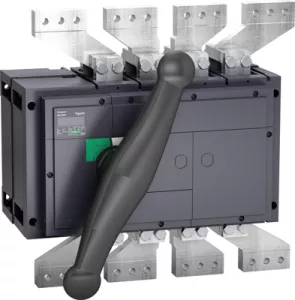
Order No.:
01P4000
Manufacturer SKU:
31341

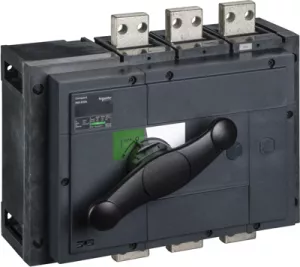
Order No.:
01P4001
Manufacturer SKU:
31342

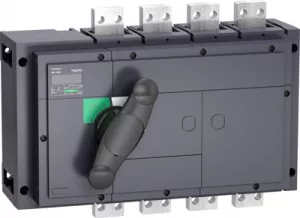
Order No.:
01P4002
Manufacturer SKU:
31343

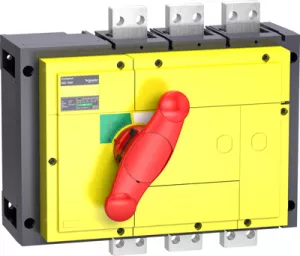
Order No.:
01P4003
Manufacturer SKU:
31344

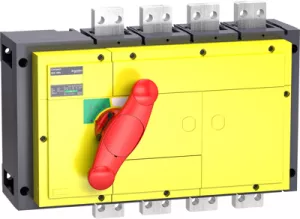
Order No.:
01P4004
Manufacturer SKU:
31345

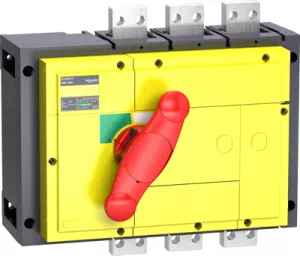
Order No.:
01P4005
Manufacturer SKU:
31346

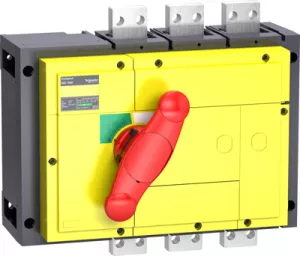
Order No.:
01P4007
Manufacturer SKU:
31348

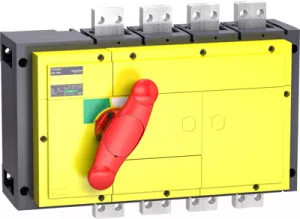
Order No.:
01P4008
Manufacturer SKU:
31349

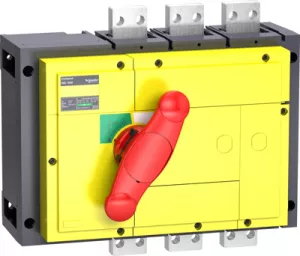
Order No.:
01P4009
Manufacturer SKU:
31350

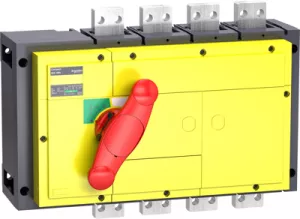
Order No.:
01P4010
Manufacturer SKU:
31351

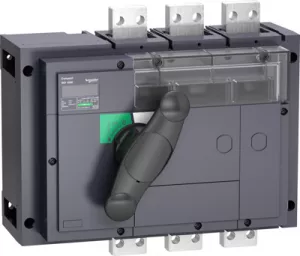
Order No.:
01P4011
Manufacturer SKU:
31358

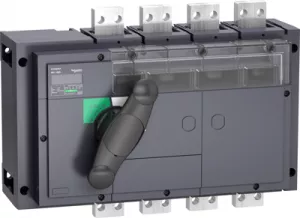
Order No.:
01P4012
Manufacturer SKU:
31359

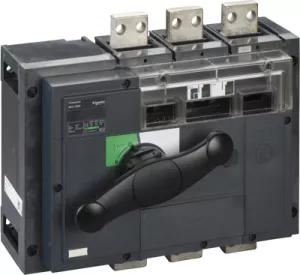
Order No.:
01P4013
Manufacturer SKU:
31360

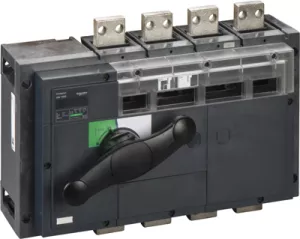
Order No.:
01P4014
Manufacturer SKU:
31361

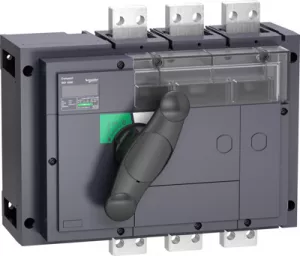
Order No.:
01P4015
Manufacturer SKU:
31362

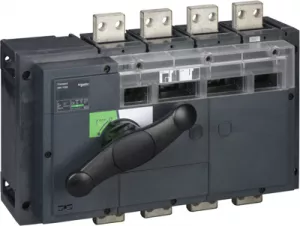
Order No.:
01P4016
Manufacturer SKU:
31363

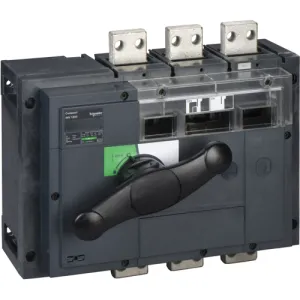
Order No.:
01P4017
Manufacturer SKU:
31364
Safety guaranteed: Functions and advantages of switch-disconnectors
Circuit breakers are used to protect electrical circuits by automatically switching off in the event of an overload or short circuit. They can be switched back on, eliminating the need for one-way fuses. Switch-disconnectors, on the other hand, specialize in safely isolating electrical circuits from the power supply.
Unlike circuit breakers, switch-disconnectors do not perform a protective function, but merely ensure safe isolation as well as prevention of accidental switch-on. Both electromechanical components are indispensable in electrical installations and in the energy sector, with circuit-breakers primarily ensuring the protection of installations, while switch-disconnectors are used for maintenance and repairs.